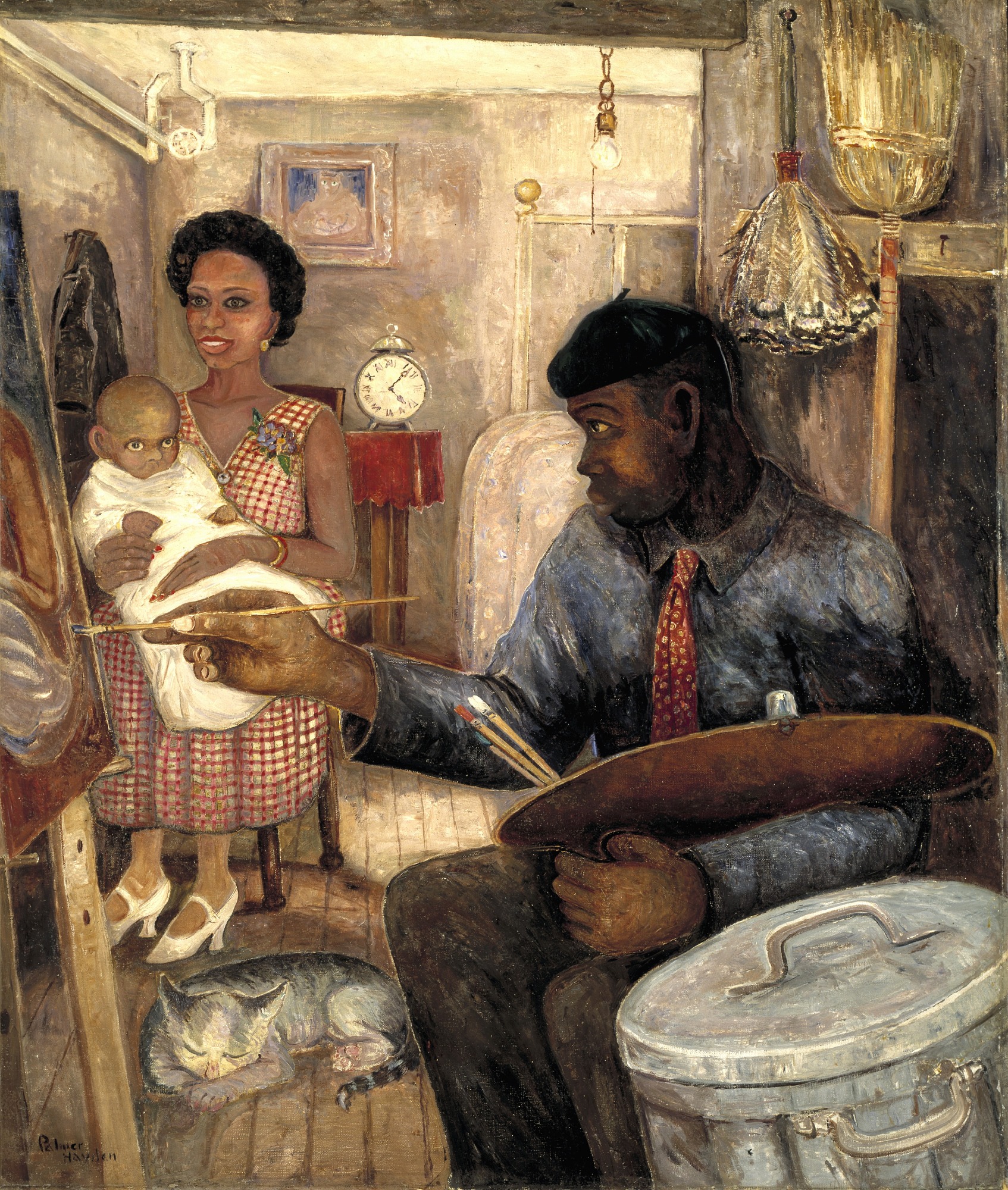Fallen Through The Cracks – Black Artists in History: Palmer Hayden
Palmer Hayden
#FallenThroughTheCracks – Palmer Hayden was born Peyton Cole Hedgeman on January 15, 1890, in Widewater, Virginia, U.S. He was an African-American #painter who came to prominence during the Harlem Renaissance and was best known for his seascapes and his lively depictions of everyday life in Harlem. He served at the U.S. Military Academy at West Point, New York, in the African American detachment of the 10th Cavalry from 1914 to 1920.
In 1926 he won the gold medal in visual arts(which came with $400) from the Harmon Foundation, which also recognized achievement among African Americans in the fields of education, industry, literature, music, race relations, and science. Hayden spent from 1927 to 1932 in Paris, where he socialized with other artists Henry Ossawa Tanner and Hale Woodruff and fell under the influence of philosopher and writer of The New Negro (1925), Alain Locke.


Hayden became known for his paintings of African American life in Harlem, such as the lively outdoor street scene Midsummer Night in Harlem (1936). His best-known work, The Janitor Who Paints (c. 1937), shows a black artist painting a mother and child in a cramped apartment that contains the tools necessary for both the artist’s work and that of the janitor. The original version of the painting, now painted over, included a picture of Abraham Lincoln on the wall, and the artist and his sitters were painted with exaggerated facial features.
When exhibited in 1939 at the Baltimore Museum of Art, it was met with harsh criticism for being overtly racist. Hayden painted over it, stating that it had been a protest piece in the name of his talented artist-friend Cloyd Boykin, who was never recognized as more than a janitor. Hayden and his contemporaries (e.g., Archibald Motley, Jr., and Augusta Savage) are generally understood as having engaged in the debate of Alain Locke’s writing through their art as an inroad to understanding what it both meant and looked like to be the “New Negro.” Hayden died on February 18, 1973, in New York, New York. (Text rewritten/paraphrased from Brittanica). via @artabovereality.projects.
(Text paraphrased from Wikipedia and other sources. All Images are the property of the copyright owners. This clip is for educational purposes.)
